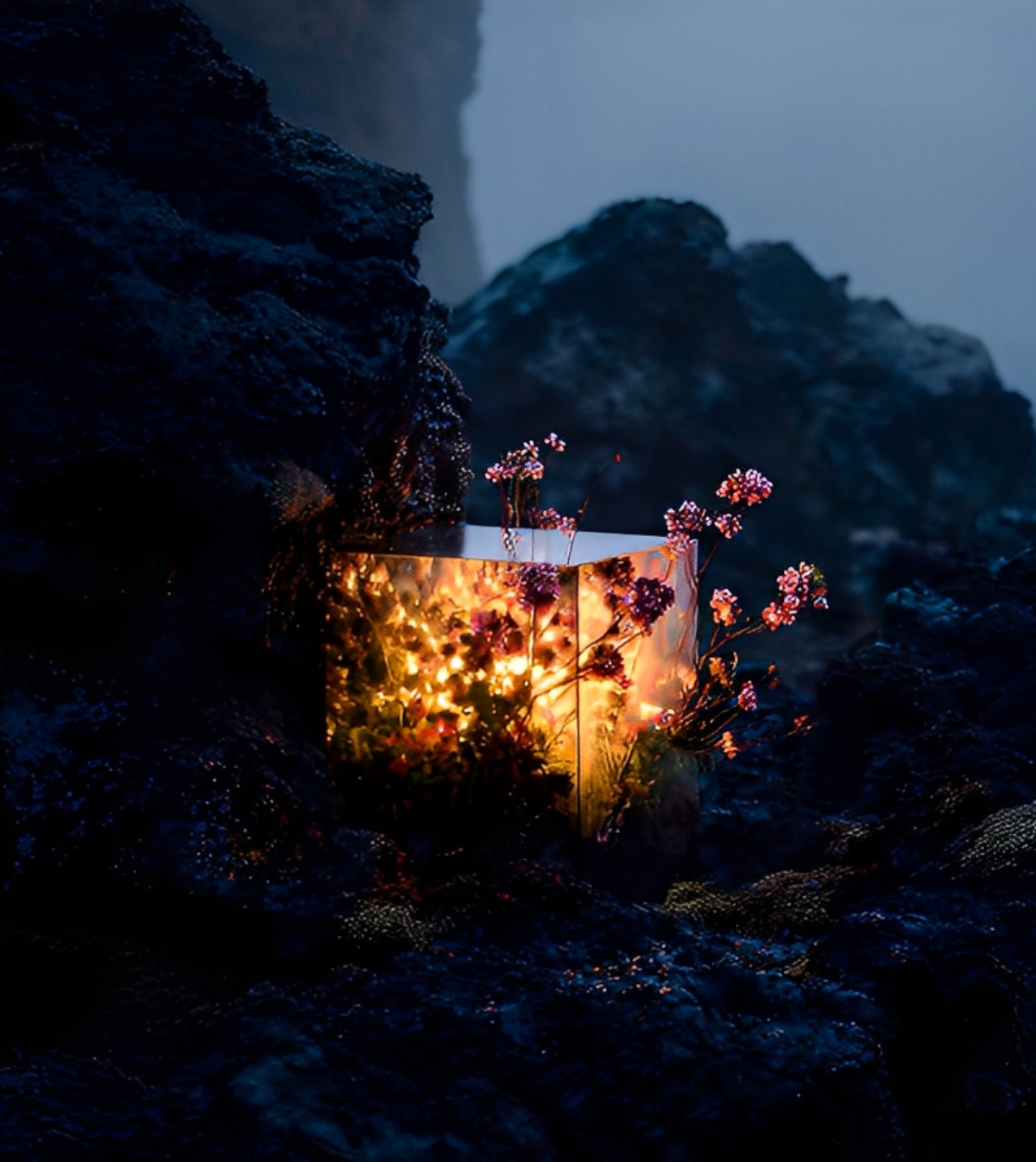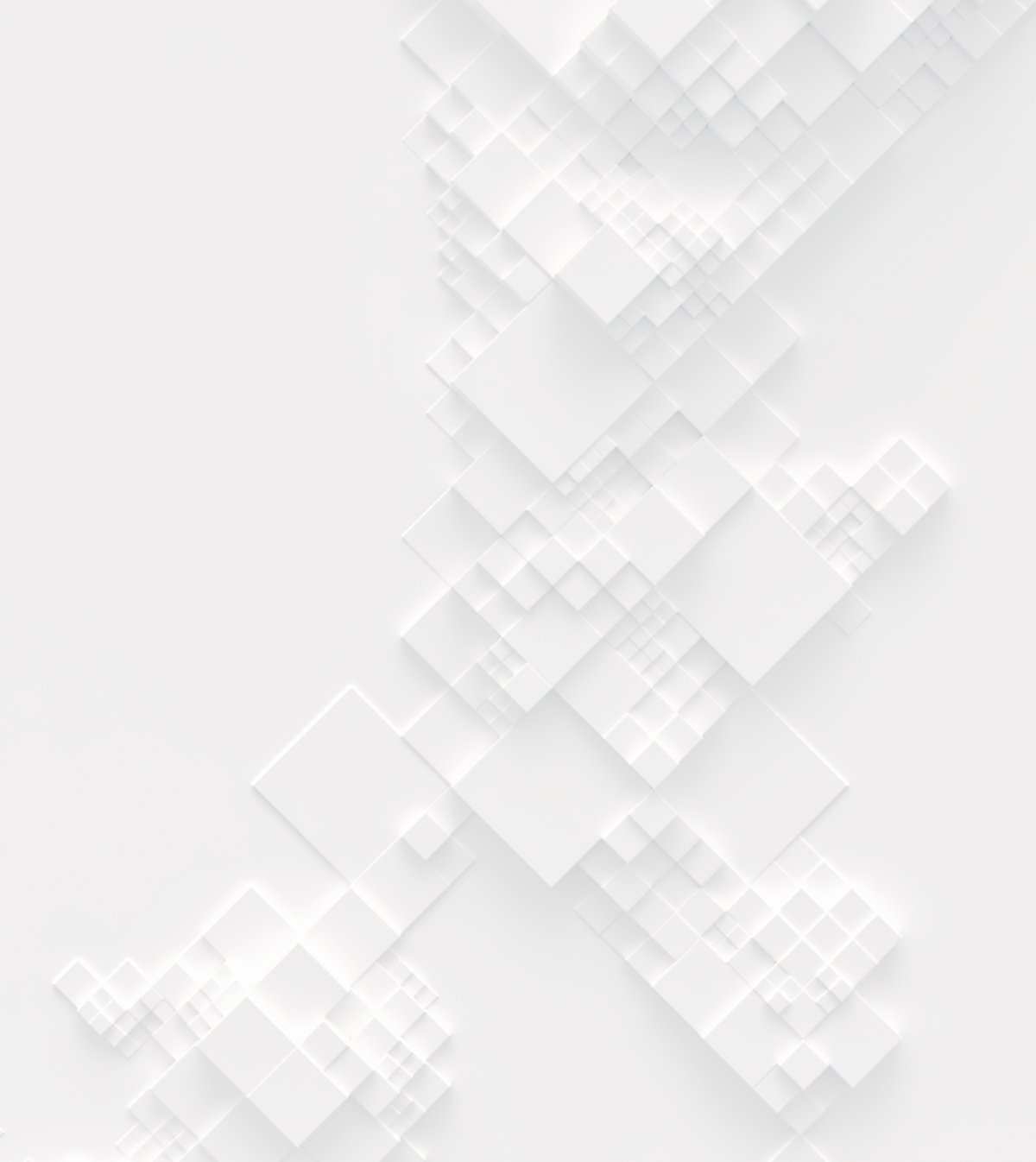We’d like to take the opportunity to introduce you to the Green Award winners of our “San Francisco Affordable Housing Challenge” competition - Bob Baum, April Philips, Jeff Brink and Peter Rumsey from the United States!

Green Award winners from United State
Gould Evans (Lead): We are a national, employee-owned firm with five locations across the United States. Our San Francisco office has been in the Market Street Hub area since 2000. Led by Principals Bob Baum, AIA, NCARB and Lauren Maass, AIA, LEED AP BD+C, the studio has engaged in a multitude of projects which enrich civic space, positively impact communities, and enhance the urban environment.
April Philips Design Works (Consultant): We are an award-winning landscape architecture firm focusing on a fusion of nature, art, and technology. The firm’s philosophy is that design matters, nature matters, and humanity matters. As architects of the land, we believe that designers must act as change agents to shift the paradigm towards a regenerative landscape ideology for a beautiful, resilient and climate positive future.
DCI Engineers (Consultant): We are a structural and civil design firm with office locations in Washington, Oregon, California, Alaska, the Mountain States of Colorado and Montana, and Texas. We are licensed in all 50 states, as well as many Canadian provinces. DCI’s completed project portfolio extends across North and South America, and Asia. We believe in the team effort – using our trade strengths to help others tackle individual challenges and achieve big-picture solutions.
Point Energy Innovations (Consultant): We are a nimble, new MEP engineering firm based in San Francisco. Our firm has redefined simple and cost-effective delivery of net zero carbon and high- performance buildings, with better health and comfort for the occupants and higher returns for building owners and developers. Founded by Peter Rumsey in 2014, our team of 12 includes national industry leaders and young, bright and creative engineers from top schools.
Brief information about the projects that you/your company have been involved with. For instance, what scale have you focused on/preferred, any significant projects where company/ individuals have been involved?
Gould Evans (Lead): San Francisco studio has been a part of the Market Street Hub (the Hub) community for nearly 20 years. As advocates for the historically underused area, we design projects and urban infrastructure proposals which offer transformative opportunities for the neighbourhood, the city and its constituents. A project of ours currently in construction, 30 Otis, is a mixed-use residential building near The Hub. It will contain over 418 rental units and 11,000 sq.ft. of amenity space for cultural institutions, including a performance and instruction space for the City Ballet School of San Francisco. The project also incorporates a public plaza designed collaboratively with Fletcher Studio and Mexican architect Frida Escobedo.
Joined by San Francisco Planning Director Rich Hillis at San Francisco Design Week in June of 2020, we presented a conceptual proposal for the Central Freeway overpass which spans over Division Street – just a few blocks from our studio in the Hub. The design reimagines the Central Freeway infrastructure to create dynamic, walkable new neighbourhoods and an elevated park structure. It involves removing portions of a 3⁄4 mile stretch of freeway near the I-80 / US-101 to the intersection of Market and Octavia street. An elevated pathway then weaves between the upper and lower levels, creating new vistas of the city – connecting the north and south ends, resulting in a public space with opportunities for sports, playgrounds, community arts, and local food. As a result, districts with special zoning incentives for companies and organizations focused on research around regenerative cities could develop near the site. For more information regarding the conceptual proposal, please visit our blog.
As advocates for design that positively impacts our communities, we are currently partnered with April Philips Design Workshop and Sherwood Engineers, designing the first net-zero farmer’s market in the United States. The project also includes a permanent home for the Agricultural Institute of Marin’s Center for Food and Agriculture in Northern California. This regenerative design supports community resilience and healthy food systems - connecting communities to food through spaces for farm stands, urban agriculture training, harvest talks and presentations, induction-heat cooking training, and culinary workshops. With healthy building materials and an efficient building system, the Center for Food and Agriculture will have a measurable sustainability benefit and minimal environmental impact. We believe that collaboration with other like-minded, interdisciplinary practices is what drives innovation.
DCI Engineers (Consultant): Our approach to service, innovation and value has led to a diverse portfolio of successful projects across typologies. Our innovative contributions toward modular and prefabricated projects include Coliseum Connections (Oakland, CA), N-Habit (Seattle, WA), and 47+7 (Seattle, WA). We also have mass timber projects currently in construction: 1 De Haro (San Francisco, CA) and Project One (Oakland, CA). Our experience for buildings with Living Building technology is exemplified with The Bullitt Center and Watershed (Seattle, WA). We applied our high-performance based design skill for The Independent (Austin, TX), Grand Avenue Parcel Q (Los Angeles, CA) and 1500 Mission (San Francisco, CA).
What does architecture mean to you and what is the role of an architect in your society?
Gould Evans (Lead): Architecture is about engaging communities, communicating values and creating meaningful spaces for people. It is not a mute container – buildings and spaces reflect our society’s values. Economically, socially, and environmentally equitable spaces can help disrupt systems that do not serve our society’s well-being. As our awareness of what we do and who it affects becomes more apparent, it’s imperative that we work with our communities to design projects which help restore the environment.
April Philips Design Works (Consultant): I have always thought that design is about balancing art, environment & humanity. Leonardo da Vinci is our muse.
DCI Engineers (Consultant): Architecture means a resilient built environment that is both functional and relevant for its community. The role of the architect in our society is to help others in the AEC industries, property owners, developers, and tenants reconsider our assumptions about the built environment and adapt to the changing needs of the time. As structural engineers we support this role by bringing innovative building solutions to the table to maximize the quality, value and positive impact of a project.
Why do you participate in architecture vision competitions?
Gould Evans (Lead): We learn so much from participating in competitions. This vision competition allowed us to collaborate in an interdisciplinary way. It also gave us the opportunity to address the affordability crisis right outside our doors and on our sidewalks in San Francisco.
April Philips Design Works (Consultant): It provides room for incubation and realisation of ideas that normally do not go beyond doodles in a sketchbook or a stimulating conversation with colleagues. It also provides an avenue for personal&professional growth by listening and collaborating with more diverse voices in an environment that is more visionary&inspirational.
DCI Engineers (Consultant): Being innovative helps us find ways to “make it happen” even when others say it can’t be done. Participating in architecture vision competitions is our way of re-energizing our creative enthusiasm for engineering feasible solutions. We believe in committing time and knowledge to push our industry forward to help strengthen and grow our communities and create a regenerative built environment for all.
What advice would you give to individuals who struggle to decide whether it would be beneficial for them to participate in architecture vision competitions?
Gould Evans (Lead): Collaborate and be inclusive! Architecture is interdisciplinary. Not only did we learn so much from each other, we learned how we operate as a team, especially during quarantine. These are lessons that will push us forward on other endeavours. It tests your agility.
April Philips Design Works (Consultant): Yes, do it. You’ll love the experience and be invigorated and refreshed in a way that daily projects don’t often provide room for.
DCI Engineers (Consultant): Vision competitions are excellent “thought process” examples. Your creative solution just might be the differentiator that sets you apart from competitors who want to win the same high-profile project opportunity.
Top 3 Reasons Why You Should Enter Architecture Competitions
Curious about the value of architecture competitions? Discover the transformative power they can have on your career - from igniting creativity and turning designs into reality, to gaining international recognition.
Learn more



























